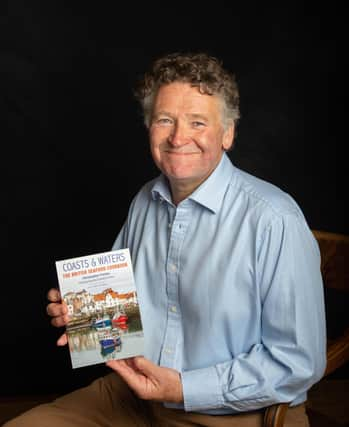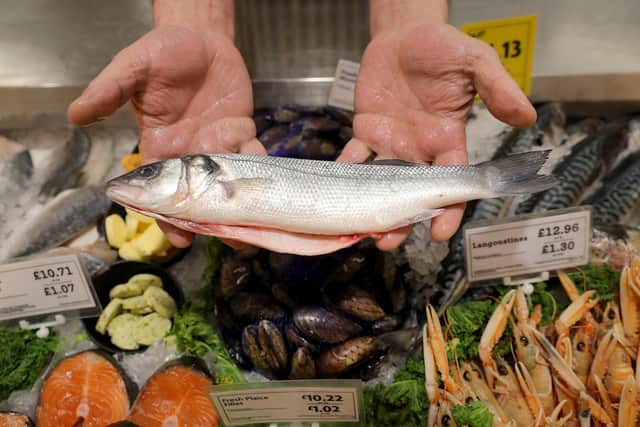Plenty more 'varieties' of fish in the sea - Christopher Trotter


We can celebrate with farmers if the crops are standing tall, proud and golden and commiserate if they are flattened by weeks of rain, but how many of us knew that our reliable fish stocks cleared off to the other side of the North Sea this summer because it was so warm?
It is now well known that before the UK left the EU we exported around 80 per cent of our fish and seafood, as is the fact that the Covid-19 lockdown stopped the restaurant and hotel market overnight, with the result that many fishermen are struggling to survive. But there is so much that we can do. The top five fish that we consume by weight are salmon, tuna (which is non native), prawns (which are likely to come from the Pacific), haddock and cod, yet the top five fish that UK vessels land by weight are mackerel at around 150,000t, herring 75,000t, langoustines, haddock and cod – the latter three at only around 30,000t (according to UK Sea Fisheries statistics).
Advertisement
Hide AdAdvertisement
Hide AdPeople are understandably giddy about food sustainability at the moment but we can eat fish sustainably. We may tuck into tuna sandwiches and Pacific prawns, but if our fisherman haul in catches that can’t be sold, that is an absolute disaster. And yet, when did you last eat catfish, dogfish or hake? Fishmongers often tell me about customers who admire their magnificent display before saying, “Two fillets of haddock, please”. We have a nutrient-rich source of lean protein all around us, which is delicious, easy to cook and can be thrifty too.


I am also happy to wave the flag for good farmed fish, which can be done sustainably. There are outstanding fish farms in Shetland and the Outer Hebrides where the fish are stocked in lower numbers and subject to the currents of the open sea. This keeps them clean and makes them swim, building muscle and texture. They are kept with wrasse, which are also native and eat salmon lice.
The supermarket chain Morrisons has also taken the bold step of buying its own fishing vessel but I would still encourage anyone who shops there to engage with the staff at the fish counter and to dare to try something new. At the other end of the production scale is my hero, Guy Grieve, whose hand-dived Mull scallops are the acme of quality and sensitive fishing practice.
Both examples are at the vanguard of the revolution that needs to take place in the fishing industry, similar to that driven by farmers and which has really gathered pace recently with new routes to market created through direct selling, farm shops and farmers markets as well as sophisticated collaboration and cooperation. Local and national governments must play a meaningful role here too, particularly around public procurement and teaching our children how to cook.
The problems and solutions are intertwined but ultimately can be resolved: it is up to consumers to seek out the wide variety of fish available, to fishermen to collaborate and market it anew and for those involved in large-scale food procurement to work harder and be more sophisticated with their buying and supply strategies. We would do well to update the cliché about there being plenty more fish in the sea with plenty more varieties of fish!
Christopher Trotter is a chef, writer and a Fife Food Ambassador. His new book, Coasts and Waters is available at www.christophertrotter.co.uk.
Comments
Want to join the conversation? Please or to comment on this article.